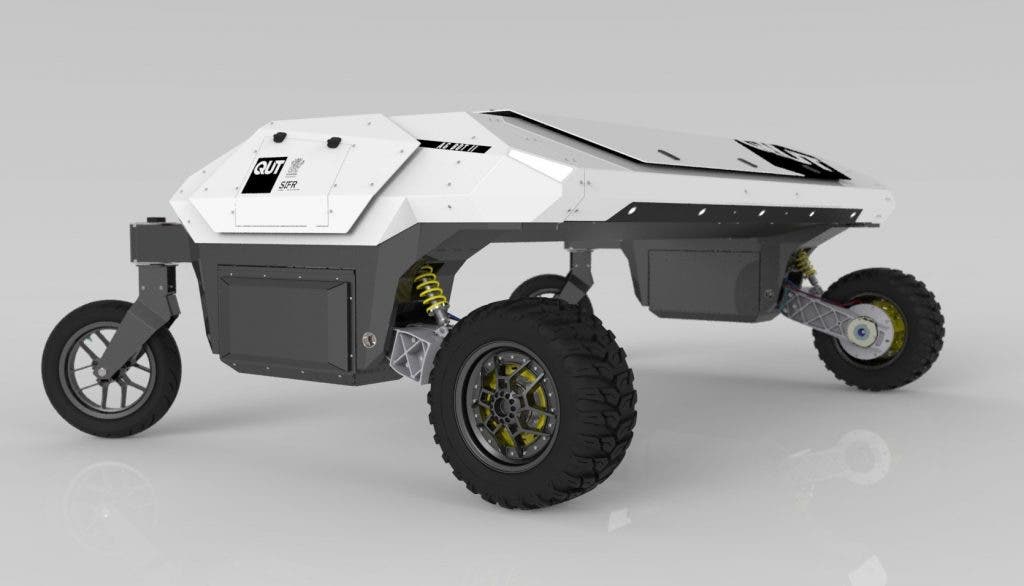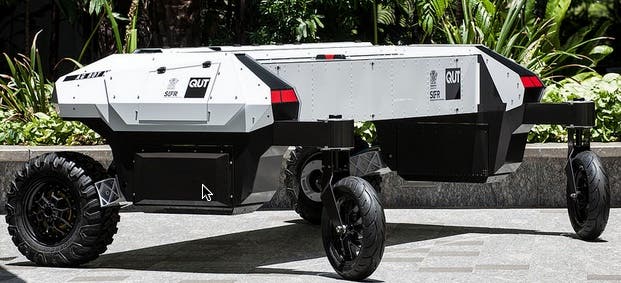By 2050, world population is expected to rise to nine billion, but the amount of arable land meant to grow food will remain mostly the same as it stands today. As such, a 25% increase in productivity is mandated to support not just a growing populace, but also a wealthier one – as income inequality is coming down in developing countries, we’re also seeing a sharp increase in meat consumption, for instance. Genetically modified organisms and waste management are just a few paramount solutions. At the same time, productivity stems from agricultural processes and some modern farmers are already integrating the latest technology to increase their yields and cut costs. Twenty years from now, expect your oranges and corn to be 100% sown, grown and harvested by robots.

The agricultural industry is in transition. And that transition differs country by country, state by state, region by region as well as by type of farming practiced: from primitive to conventional to precision to experimental. While it’s true in many places in the world farming is still made as it has been for thousands of years, through spade and spud, the general trend is to move farming towards high-tech. Many modern farmers and ranchers are already using digitized networks, sensors and autonomous devices for most aspects of agricultural functions from grafting to planting, from harvesting to sorting, packaging and boxing. Farmers use software systems and aerial survey maps and data to guide their field operations. They also use auto-steer systems included in many new tractors (or buy kits that do the same thing) which follow GPS and software guidance.
According to Queensland University of Technology (QUT) robotics Professor Tristan Perez, the farm of the future will be riddled with many lightweight, small, autonomous, energy-efficient machines called AgBots. Each with its own place and purpose, these bots will work together to weed, fertilize and control pest and diseases, all while collecting valuable data which can later be used to correct and improve the process.
“We are starting to see automation in agriculture for single processes such as animal and crop drone remote monitoring, robotic weed management, autonomous irrigation,” he said. “There is enormous potential for AgBots to be combined with sensor networks and drones to provide a farmer with large amounts of data, which then can be combined with mathematical models and novel statistical techniques (big data analytics) to extract key information for management decisions — not only on when to apply herbicides, pesticides and fertilizers but how much to use.”
The idea is to replace tractors (large, expensive and largely inefficient), with a swarm of cost-effective bots that can operate the farm around the clock. At QUT, engineers are currently working on the second version of their AgBot. The prototype robot is equipped with cameras, sensors and software, designed to work in autonomous groups to navigate, detect and classify weeds and manage them either chemically or mechanically as well as apply fertilizer for site specific crop management.

Professor Perez said robots would be crucial to the future long-term productivity, profitability, and sustainability of farms.
“We are witnessing how robotics and autonomous systems can lead to transformational practices in areas such as manufacturing and mining, and we see that such technology will also soon transform agriculture,” he said.
“Farmers will find that using multiple lighter robots will provide them with significant advantages over the machinery currently in place.
“We have done an economical analysis for weed management that anticipates a reduction of costs of up to 40 per cent in terms of savings in energy, labour and chemicals.
“In addition, the use of robots will enable farmers to increase the adoption of managing specific areas of their paddock differently, for example, some areas might need less fertilizer than others.
“This can lead to further benefits in terms of increasing yield, and reducing volatility in both yield and yield quality.
“Multiple robots operating at low speeds can not only detect weeds, which is the capability of current technology, but also classify them using sophisticated computer vision algorithms. This can open new possibilities for a more dedicated treatment be it chemical or alternatives such as mechanical or electrical-like microwaves.”
The video below features QUT’s AgBot I.


